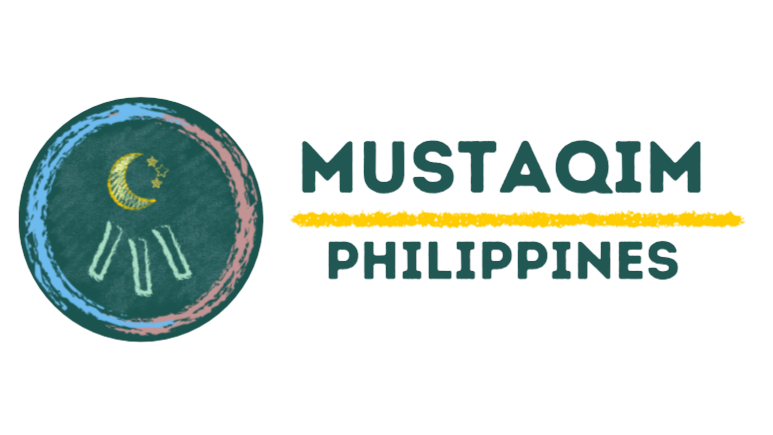Filipino Muslim weddings are vibrant celebrations steeped in rich traditions, faith, and family. They beautifully blend Islamic customs with local Filipino practices, creating a unique and memorable experience. More than just a union of two individuals, these weddings symbolize the joining of families and the strengthening of community bonds.
Pre-Wedding Rituals: Laying the Foundation for a Blessed Union
The journey to a Filipino Muslim wedding begins long before the actual ceremony. Several significant pre-wedding rituals pave the way for a smooth and blessed union.
- Panliligaw (Courtship): While modern practices may vary, traditional courtship involves the groom’s family formally visiting the bride’s family to ask for her hand in marriage. This is a sign of respect and demonstrates the groom’s sincerity.
- Pamamanhikan (Bridal Price Negotiation): This crucial step involves discussions between the two families regarding the dowry or bridal price (often referred to as mahr in other Muslim cultures). This is a gift from the groom to the bride, symbolizing his commitment and financial capability to support her.
- Pamanhikan (Formal Proposal): After the negotiations, the groom’s family formally proposes to the bride’s family. This is a joyous occasion marked by celebrations and blessings.
- Kanduli (Thanksgiving Feast): A feast is held to express gratitude and seek blessings for the upcoming wedding. This is an opportunity for both families to come together and celebrate.
The Wedding Ceremony: A Sacred Union
The wedding ceremony, typically held in a mosque or the bride’s home, is a solemn and sacred event officiated by an Imam.
- Nikah (Marriage Contract): The core of the ceremony is the Nikah, where the marriage contract is signed, outlining the rights and responsibilities of both the bride and groom. This is a crucial legal and religious step.
- Khutbah (Sermon): The Imam delivers a Khutbah, a sermon emphasizing the importance of marriage in Islam and offering guidance to the couple.
- Walima (Wedding Feast): Following the Nikah, a grand feast known as the Walima is held. This is a time for celebration, feasting, and sharing the joy with family and friends. Traditional Filipino dishes, often with Halal considerations, are served.
Attire: Reflecting Culture and Modesty
The attire of the bride and groom reflects both cultural traditions and Islamic principles of modesty.
- The Bride: The bride often wears a beautiful and intricately designed gown, often incorporating traditional Filipino fabrics and embellishments. The gown adheres to Islamic guidelines, ensuring modesty and covering. Hijabs or other head coverings are often worn.
- The Groom: The groom may wear traditional Filipino attire, such as the Barong Tagalog, or a more traditional Muslim attire like a Jubbah or Thobe.
Post-Wedding Celebrations: Continuing the Festivities
The celebrations often continue after the wedding ceremony with various post-wedding events, further strengthening family ties and community bonds.
Modern Adaptations:
While traditional customs remain important, modern Filipino Muslim weddings are also evolving. Some couples may incorporate elements from other cultures or personalize their celebrations while still adhering to core Islamic principles. The key is to maintain the essence of the ceremony – a sacred union blessed by Allah, while reflecting the couple’s unique personalities.
A Tapestry of Traditions:
Filipino Muslim weddings are a beautiful tapestry woven with threads of faith, family, and cultural heritage. They are a testament to the rich diversity of Filipino culture and the enduring importance of Islamic traditions. These celebrations are not just a union of two individuals, but a vibrant expression of community and a promise for a blessed future.
